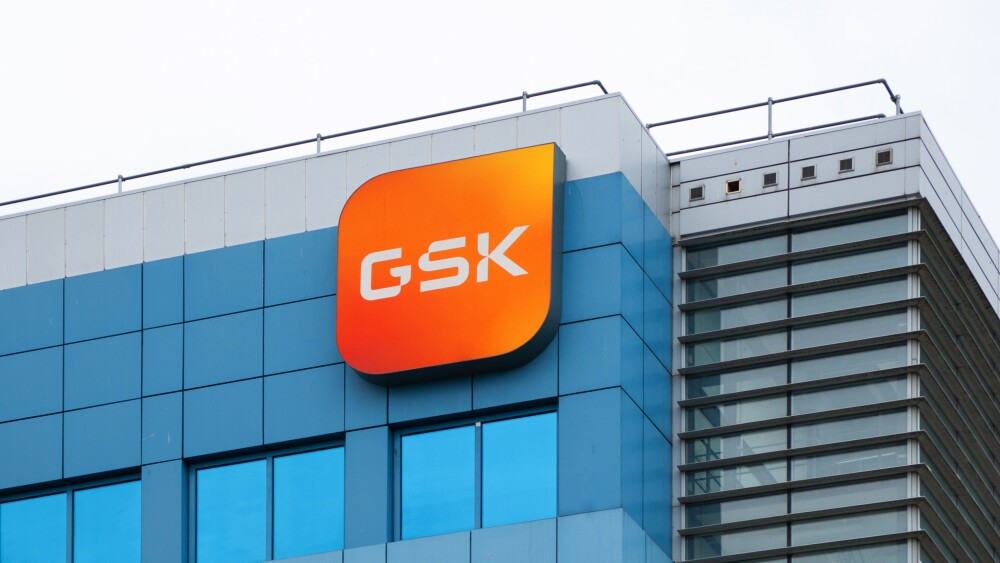Although a definite blow to Sarepta, this may have negative implications for other companies working to develop therapies for DMD. This includes Wave Life Sciences and Solid Biosciences.
On Monday, the U.S. Food and Drug Administration (FDA) issued a Complete Response Letter (CRL) to Sarepta Therapeutics over its golodirsen for Duchenne muscular dystrophy (DMD) with a confirmed mutation amenable to exon 53 skipping. Shares plummeted 15%.
Sarepta is the only company to have an approved treatment for DMD on the market, Exondys 51, which was approved in 2016 after a contentious and year-long public process. Exondys 51, as the name suggests, is for DMD patients with a confirmed mutation amenable to exon 51 skipping.
DMD is a muscle wasting disease caused by mutations in the dystrophin gene. It is a progressive disease that usually causes death in early adulthood, with serious complications that include heart or respiratory-related problems. It mostly affects boys, about 1 in every 3,500 or 5,000 male children.
The agency’s concerns were related to the risk of infections at intravenous infusion ports and renal toxicity observed in preclinical models and after administration of other antisense oligonucleotides. However, Sarepta noted that the renal toxicity issues with golodirsen were seen in preclinical models at doses ten-fold higher than used in clinical studies and wasn’t observed at all in the study the FDA application was based on.
Although a definite blow to Sarepta, this may have negative implications for other companies working to develop therapies for DMD. This includes WAVE Life Sciences and Solid Biosciences.
Wave Life Science’s suvodirsen is an exon 51-skipping technology, and also has other exon-skipping products in its pipeline, for exons 53, 44, 45, 52, 54 and 55. Exon skipping is a type of RNA splicing that forces cells to “skip” over the faulty section of genetic code. This results in a shortened (truncated) protein that is still functional, and in the case of DMD therapies, it is a truncated version of the dystrophin protein, which is involved in muscle development and function. One reason more standard gene therapy has not been developed for DMD is because the dystrophin gene is the largest gene in humans and cannot be fit into the viruses that are used as vectors.
Wave’s suvodirsen is wrapping up Phase III trials and hopes to submit a New Drug Application (NDA) to the FDA in the second half of 2020.
Brian Skorney, an analyst with RW Baird, told the Boston Business Journal that the FDA’s decision on golodirsen probably means the agency will need more data than just the amount of dystrophin produced by patients in the trials, which is what Sarepta used in its application. Wave also is using that method to evaluate its exon-skipping product.
SVB Leerink analysts agreed, writing in a note to clients that golodirsen rejection “could reflect a broadly higher bar for approval in Duchenne muscular dystrophy.”
It’s possible as well that this closer attention is related to the controversies over the original Exondys 51 approval in 2016, and again when the drug was rejected by the European Medicines Agency in 2018.
Sarepta’s application in Europe was built on two clinical trials in 12 boys with DMD between the ages of 7 and 13. The first was a Phase II clinical trial that randomized 12 children to receive Exondys 51 or a placebo weekly over 24 weeks. The primary endpoint was dystrophin production and the assessment of a six-minute walk test. In the trial, there was no significant difference in the walking distance in six minutes between those receiving Exondys 51 or placebo.
The data indicated that the patients who received Exondys 51 at either 30 mg/kg or 50 mg/kg of body weight had a statistically significant and clinically meaningful decrease in pulmonary function decline. There was also an increase in the amount of dystrophin protein up to 0.44 percent of normal levels after 48 weeks.
However, CHMP, in its negative opinion, expressed doubts about the evidence, especially related to the study’s small size, use of historical data, and lack of comparison data beyond 24 weeks. In their response letter, CHMP wrote, “the methods for comparing results of the main studies with historical data were not satisfactory for showing that the medicine was effective. … further data were needed to show that the very low amounts of shortened dystrophin produced as a result of Exondys treatment bring lasting benefits relevant to the patient.”
Wave was chosen for an FDA pilot program and although some analysts think they will need to modify the plan, the company doesn’t agree.
“I know that people will want to extrapolate this more broadly, but this is feedback from the FDA to Sarepta about the risk benefit of golodirsen,” Paul Bolno, chief executive officer of Wave told the Boston Business Journal. “Nothing has changed with our plans.”
Leerink analysts believe it’s possible, given how few DMD patients with these specific mutations there are, that it might make it easier for Sarepta’s competitors to recruit patients for their trials. The exon 53 gene segment only affects about 2,000 boys in the U.S.
“The unexpected response letter (for golodirsen) … is an incremental positive for (Solid Biosciences), in our view, as it likely opens up additional group of patients who can participate in (Solid’s) ongoing trial,” the Leerink analysts wrote in a note to clients on Tuesday.





